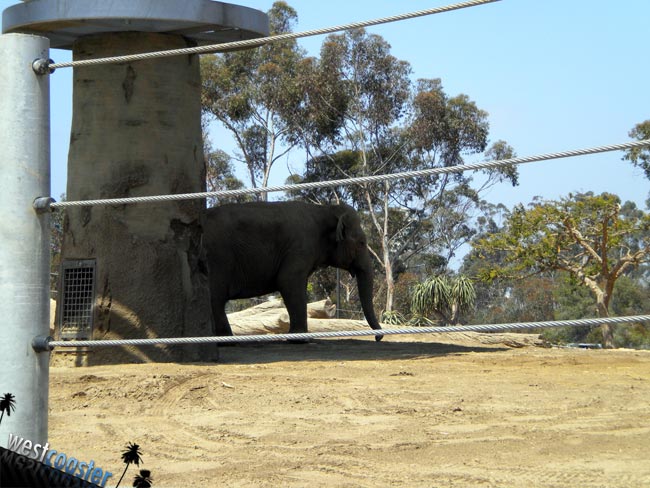The newest addition to the massive Georgia Aquarium is a $110 million PGAV Destinations-designed home for eleven dolphins called "Dolphin Tales". Opened April 2, 2011, the dolphin mecca includes a spectacular new show, an 1800-seat theater, new holding pools, an exhibit area, and a spacious lobby for watching the dolphins before the show or during a special event. We talked with architect Tom Marschner about his role in the massive project.
DZ: What was your official role?
TM: Construction Administrator for PGAV. [I] assisted the Client and Contractor during construction as questions and changes arose.
DZ: What was the goal of the project?
TM: Create a world-class indoor dolphin theater on a small 1 acre pie shaped site adjoining the existing Aquarium.
DZ: What was the most challenging aspect of your job?
TM: Figuring out all of the intricacies that come when you are connecting to an existing building. There are things [that] don’t show up on the existing drawings or that have changed in the years since the original building was built that [the] design needs to adjust to. Most of the time there is only a day to figure it out in order to not hold up the construction.
DZ: What was the most satisfying?
TM: When the first dolphin was placed in the exhibit, followed closely being at the opening and seeing guests enjoy the space.
The project, which began in late 2008, includes 1.3 million gallons of water between the five pools. The show pool is 29’ deep, and only one of the three holding pools is visible from the exhibit area. This allows the Aquarium to give the dolphins a break from ‘work’--giving them downtime from being watched by guests through a window or from the more strenuous activities of the show.
In addition to the show, the Aquarium showcases its efforts with dolphin and ocean conservation through several graphic panels and an oversized video screen.
Marschner is obviously proud to have been a part of the design and construction team on this project. Before this, he was also deeply involved with the Brookfield Zoo’s Great Bear Wilderness. But when asked if he now considers himself a zoo designer, he humbly responded, “I consider myself an architect with lots of zoological design knowledge.”
Thanks, Tom!






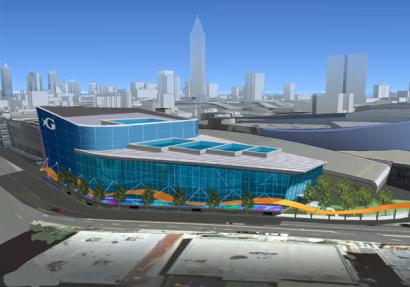
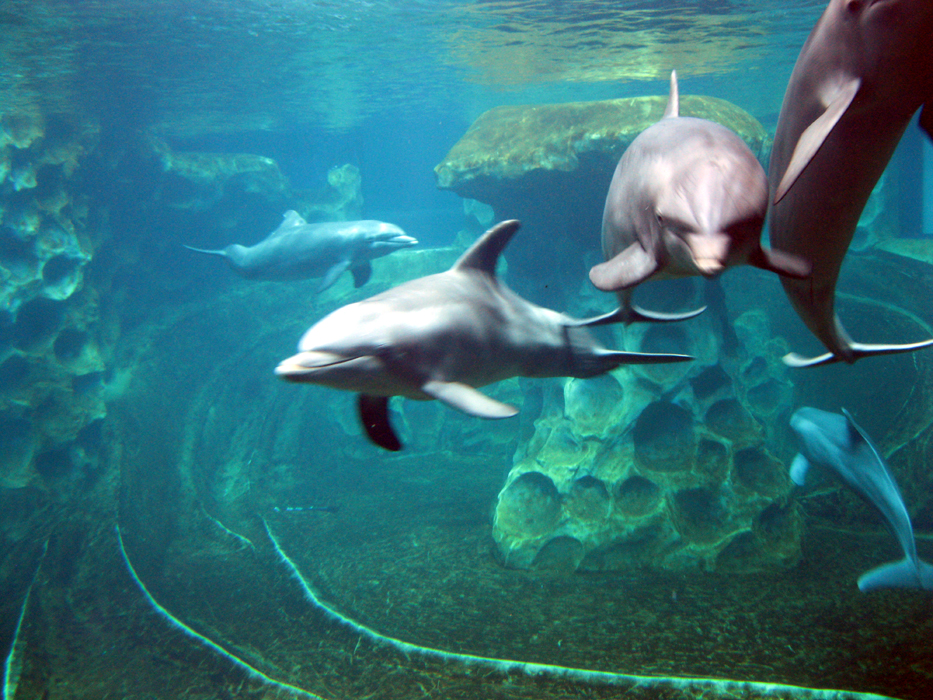




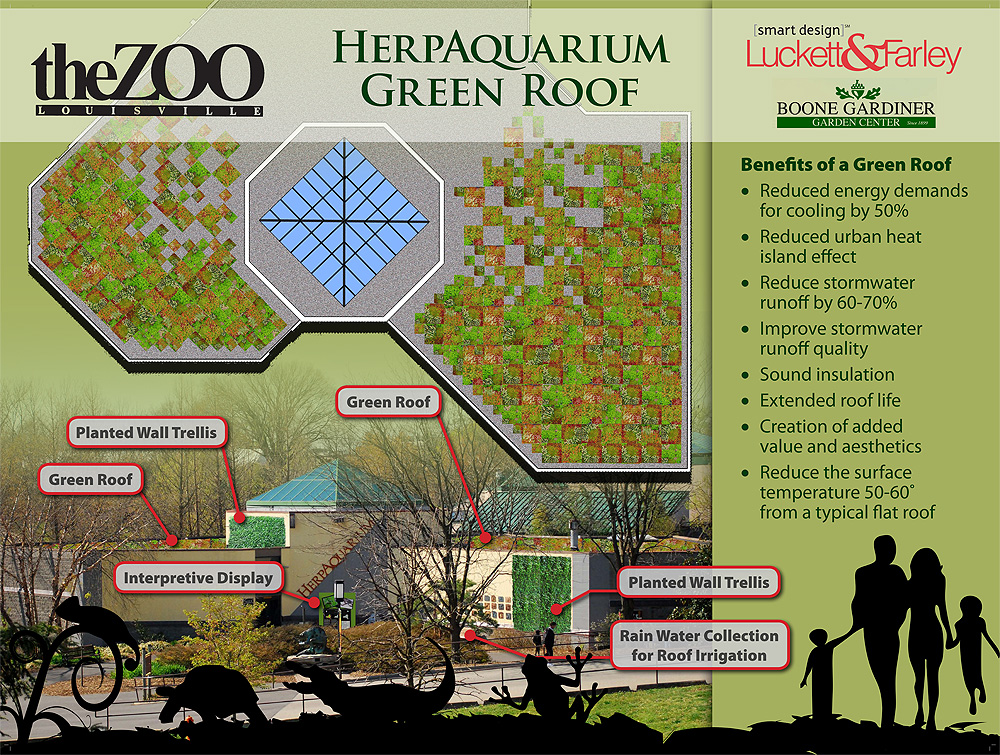


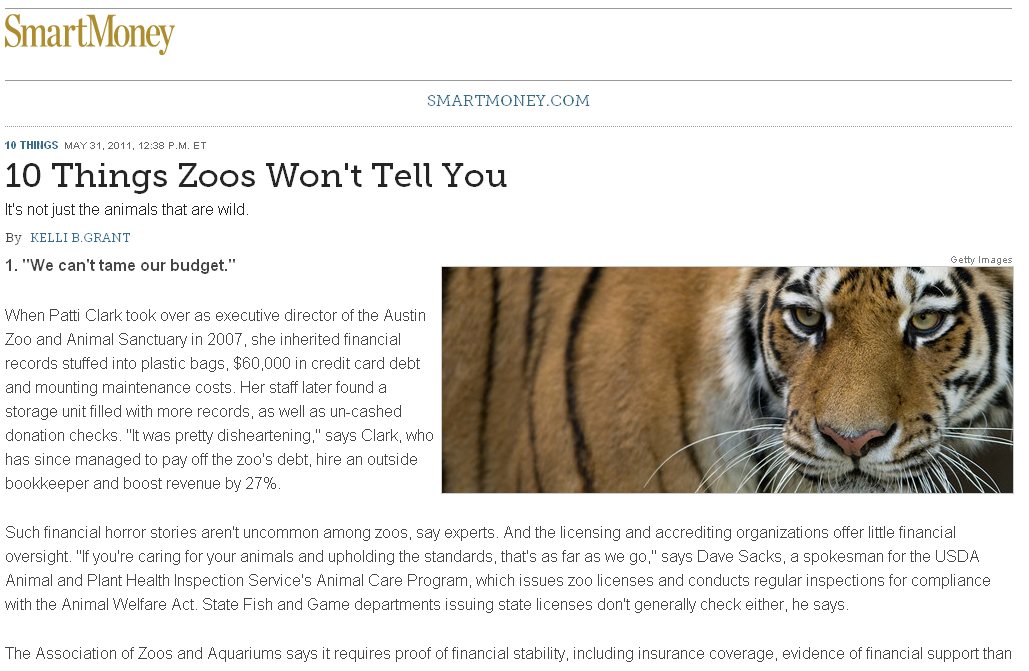
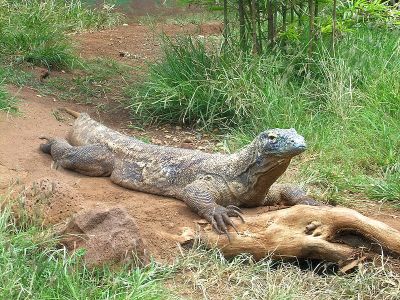



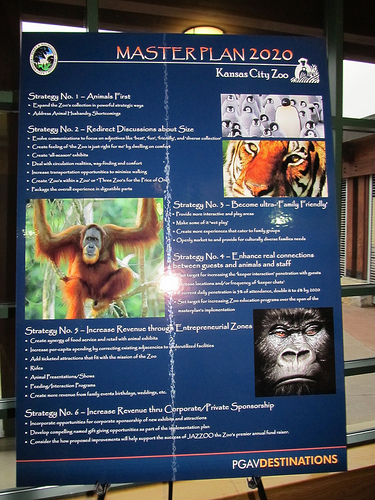


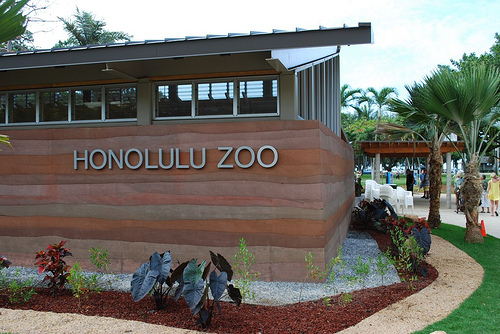
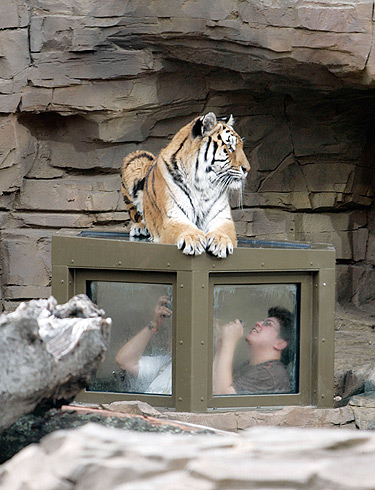

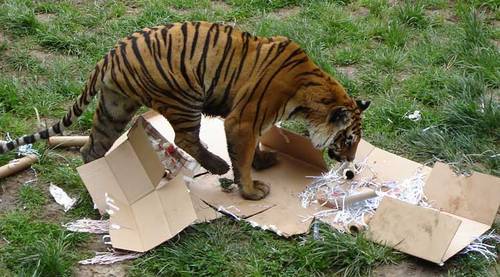
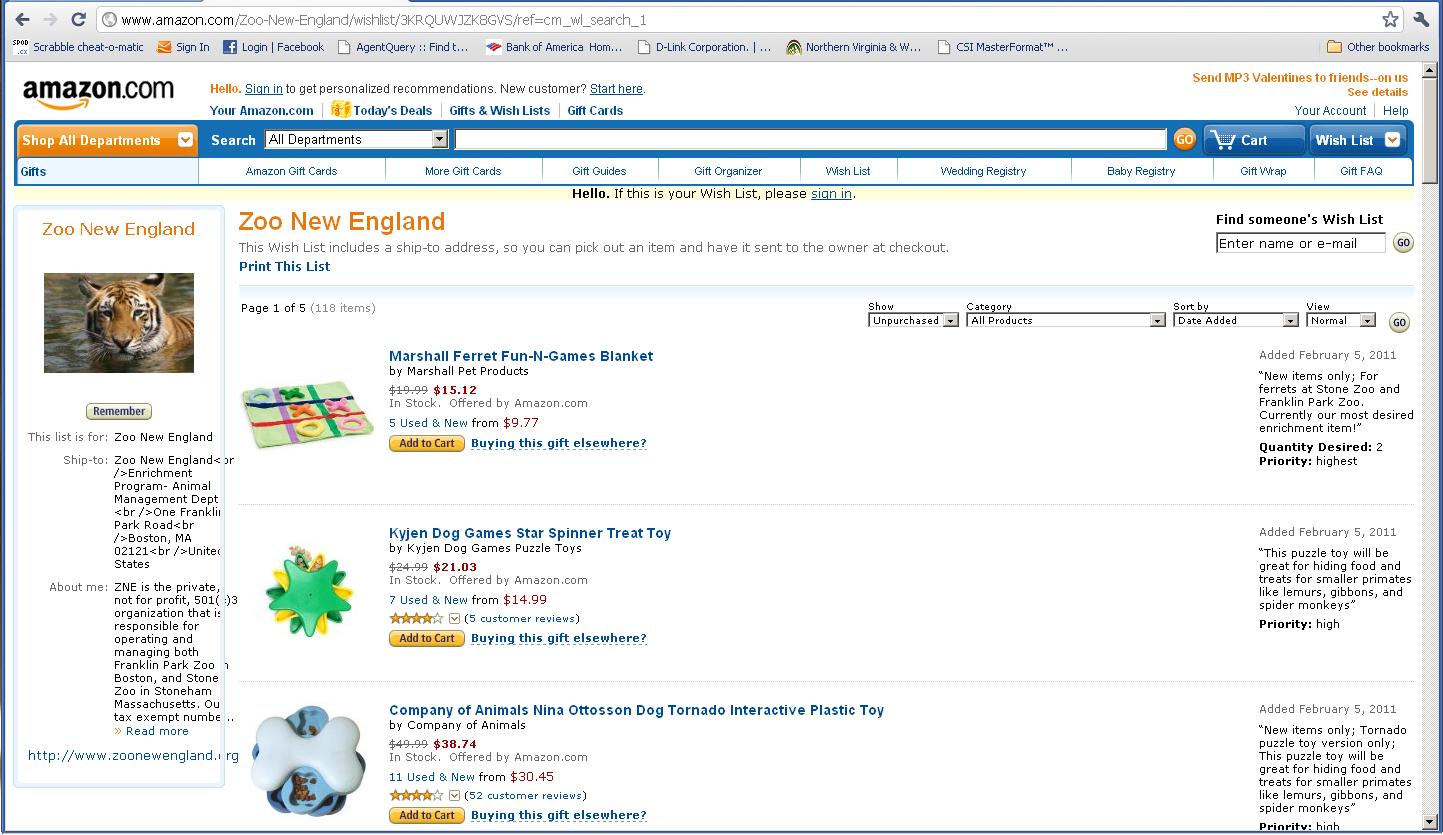
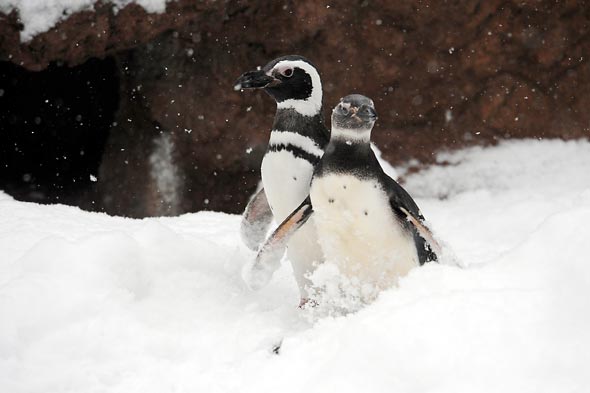







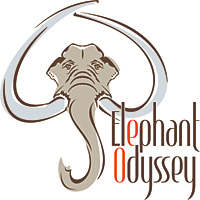 In May of this year,
In May of this year, 